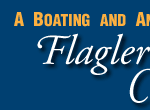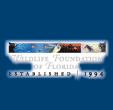CONTACT US:
Florida Fish and Wildlife
Conservation Commission
Fish and Wildlife
Research Institute
100 Eighth Avenue SE
St. Petersburg, Florida 33701
727-896-8626
|
|
|

|
|
Partial funding for this project was obtained through the Federal Aid in Sport Fish Restoration Fund.
|

|
|
Additional funding for this project was obtained from a Discover Florida’s Oceans license tag grant through the Wildlife Foundation of Florida.
|
|
|
|
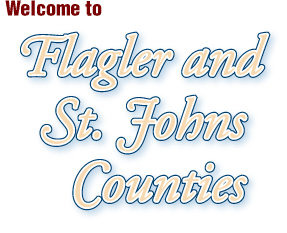 |
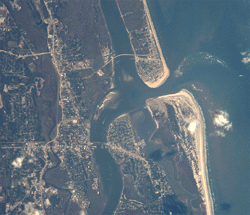
St. Augustine and St. Augustine Inlet from the International Space Station, NASA. |
|
St. Johns and Flagler Counties are sandwiched between the Atlantic Ocean to the east and the St. Johns River or its tributaries to the west. Both counties have well-developed barrier islands which are separated from the mainland by lagoons and rivers. This intracoastal region in both counties contains fringing mangroves (primarily black mangroves that only grow along the shoreline), but these give way to extensive salt marshes, especially on the western side of the waterway. These estuarine habitats provide an important refuge for many juvenile and adult sportfish and invertebrates like white shrimp and blue crabs. This two-county region is home to the Guana Tolomato Matanzas National Estuarine Research Reserve (NERR), the nation’s 25th NERR, which was designated in 1999. The name comes from the three main rivers that drain the area.
St. Johns County’s two inlets are quite different from each other—the St Augustine Inlet was dredged in 1940, resulting in the subsequent formation of Conch Island to the south of the inlet. Conch Island is now home to much of Anastasia State Park. The Matanzas Inlet is one of only a few undredged inlets in the state. It is very shallow, and only small vessels with experienced captains can navigate this inlet. Both inlets have shifting sandbars which require boaters to stay alert in the area. Flagler County has no inlets through the barrier island—boaters must travel north to St. Augustine or south to Ponce de Leon Inlet to get out to the ocean. There are some areas along the Intracoastal Waterway in St. Johns County which are classified as shellfish harvesting areas and many people travel from nearby counties to collect hard clams or oysters in these waters.
|
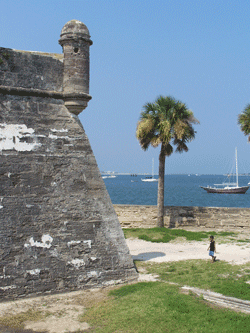
|
The region has a rich maritime history. Coquina rock formations, which can still be seen as outcroppings along the barrier islands in southern St. Johns County and northern Flagler County, were used to build many historic buildings, including the Castillo de San Marcos in St Augustine. The coquina rock actually became stronger when hit by cannon fire, as the soft limestone rock simply absorbed the energy of the cannonballs, becoming more dense in the process.
|
|

|
This Web site was last updated on February, 2012.
|
If you have any questions, comments, or suggestions about this Web site, please e-mail us at boating_guides@MyFWC.com.
Would you like to receive notices of changes to this Web site and the Boating and Angling Guide to Flglar and St. Johns Counties? If so, please e-mail us and include SUBSCRIBE-FSJ in the subject line.
|
